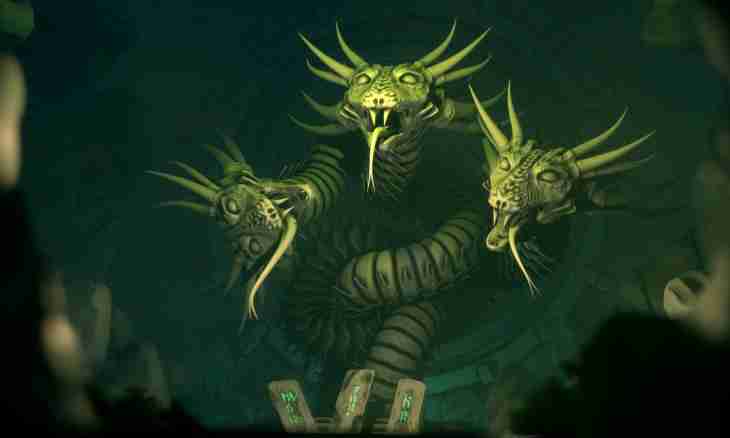The hydra lives in lakes, the rivers and other reservoirs with clear transparent water. This small translucent polyp is attached to stalks of underwater plants and leads an inactive life. However the hydra is capable to move.
Instruction
1. A freshwater polyp the hydra is carried to type by coelenterates. She has correct, almost cylindrical form a body and numerous tentacles. On one end of a body the mouth surrounded with several thin long tentacles is located, and another will be extended in the form of a small stalk. The hydra is attached by a sole to underwater plants and objects. All her body has length to 7 mm, but tentacles can be extended on several centimeters.
2. The body of kishechnopolostny has beam symmetry: if along it to carry out the imagined axis, tentacles of a hydra will disperse from an axis extensively. Being given from a stalk, the hydra constantly rocks and moves lucheobrazno the placed tentacles, trapping production which can appear from all directions. For animals, leading attached, a sedentary life, beam symmetry is characteristic, as a rule.
3. The body of a hydra is similar to a two-layer sack in which there is an intestinal cavity – the only cavity of a body of an animal. The outer layer of cages is called ektodermy, internal – entodermy.
4. In an ektoderma at a hydra of most of all skin and muscular cages. They form a cover of an animal and participate in movements. In the basis of each skin and muscular cage the reducible muscular fibril and when fibrils of all cages are reduced lies, the body of kishechnopolostny clenches. At reduction of fibrils on one side of a body the hydra will be bent in this party. So it can move from place to place, being bent by a body and going tentacles, a sole. To some extent it is similar to how the flexible somersaulting plunger "runs away".
5. Also in an ektoderma there are nervous cages. They are supplied with long shoots and have the star-shaped form. Shoots of all nervous cages cover a body of a hydra, forming a nervous texture. Part of them adjoins to skin and muscular cages.
6. The hydra can feel touches, react to temperature change, emergence in water of any dissolved substances and other irritations. It excites its nervous cages and causes reflex reaction. So, if to stick an animal with a thin needle, the body of a hydra will clench in a lump.
7. The hydra has a set of strekatelny cages, especially in tentacles. In each krapivny cage there is a strekatelny capsule with the curtailed strekatelny thread, and a sensitive hair outside sticks out. At a zadevaniye poisonous strekatelny thread will immediately be straightened by a whitebait or a crustacean of this hair and "will shoot" at the victim. Then the hydra will tighten production to a mouth and will swallow.

